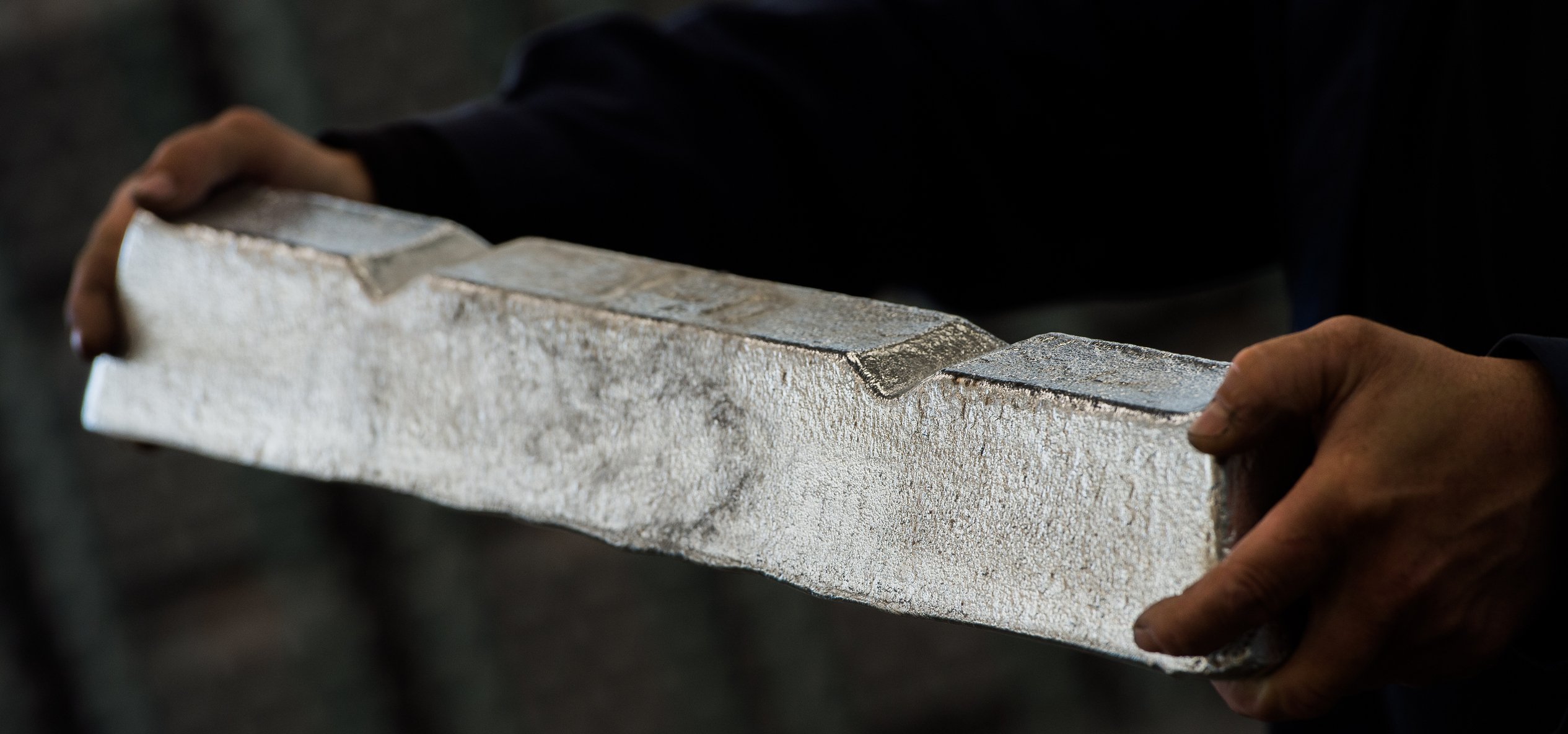Did you know?: The very tip of the Washington Monument is capped by a small aluminum pyramid roughly nine inches tall. It tips the scale at a mere 6.25 pounds. Incredibly, its original price tag, in today's dollars, equates to about $4,000! Before it was placed atop the monument, Tiffany displayed the precious piece in its store to the delight of passersby.
From that monumental 1884 price of $640 per pound, the cost of aluminum production has certainly come down a bit. In today's strained global market, the metal fetches just $0.96 per pound. The story of how aluminum progressed from a cost-prohibitive luxury item to a staple of modern manufacturing is also the story of Alcoa (AA +0.00%), which essentially created the market for aluminum as the industry's foremost pioneer.
All these years later, however, the cost of producing aluminum remains the primary driver of competitiveness among the world's major producers. Like the rare-earth industry -- into which Molycorp (NYSE: MCP) is currently forging a bold reentry -- the capacity to compete against China's enormous production base for key industrial metals comes down to survival of the leanest. And just as Nucor (NUE 0.88%) CEO Dan DiMicco bemoans the flood of low-cost Chinese steel imports as a serious impediment to the competitiveness of domestic steel production, substantial excess capacity at major Chinese aluminum producers like Aluminum Corp of China (ACH +0.00%) keeps Alcoa and its ilk under extreme pressure to control their production costs.
Accordingly, investors looking to participate in the generational opportunity in shares of Alcoa will need to pay particular attention to some key metrics that speak to the company's effectiveness in adapting to a challenging market environment. I dove deep into these and other key topics in a premium research report that I recently prepared for The Motley Fool, and the following excerpt offers a free sneak peak at what's inside. I strongly encourage investors to access the full report -- which includes a year of free updates to help navigate forthcoming developments -- by clicking here.
The Key Areas You MUST Watch
To thrive within a business environment characterized by cutthroat competition and plentiful capacity for supply, the successful operator will stretch the boundaries of what it means to be lean. The aluminum industry presents just such a challenging scenario, requiring investors pondering a position in shares of Alcoa to track key performance metrics relating to productivity, margin performance, and efficient capital deployment.Alcoa has moved decisively to trim some of the higher-cost operations within its fold, including the permanent closure of its smelter in the aptly named town of Alcoa, Tennessee. Together with a trio of curtailed smelters in Italy and Spain, the company executed a substantial restructuring to slash about 12% of its global smelting capacity while improving consolidated cost performance. Concurrently, Alcoa has achieved substantial productivity gains since 2010, with roughly $800 million in gains expected in 2012 alone! That includes strides made in each of the company's four business units, and comes alongside concurrent reductions in overhead costs.
Dahlman Rose & Co. analyst Tony Rizzuto recently wrote of Alcoa: "Though management is taking appropriate steps to address upstream issues (curtailing high-cost capacity, focusing on efficiency gains, etc), the company's position on the cost curve for these businesses remains an obstacle." To that point, Alcoa has targeted additional productivity gains and cost controls to achieve an aggressive improvement from the 51st percentile on the global smelting cost curve, to a far more competitive 41st percentile. With respect to the refining of alumina, Alcoa has set its sights on 23rd-percentile costs from its present position at the 30th percentile. Investors are advised to pay close attention to Alcoa's progress in attaining these targets over the coming years, as they principally determine the company's outlook for maintaining competitive operating margins within a low-price environment.
And speaking of those margins, which combine the impacts of prevailing market prices and regional product premiums with the cost and productivity enhancements discussed above, investors will wish to track the margins of adjusted EBITDA to sales for each of Alcoa's business units. The ongoing problem areas for Alcoa's EBITDA margins remain the alumina and primary metals business units, while both rolled products division and the downstream, value-added segment (including aerospace, commercial construction, commercial transport, etc.) have produced record EBITDA margins during 2012.
Finally, because of the prospects for a sustained low-price environment for aluminum products – and related margin pressures – investors need to pay particular attention to Alcoa's preservation and allocation of capital. Within this challenging business environment, Alcoa has performed well thus far at maintaining a substantial cash position and a reasonable debt-to-capital ratio near 35%. Part of that success boils down to the efficiency of capital deployment, and Alcoa makes a point to track a metric called days working capital. This measures the number of days required to convert working capital into sales revenue, with lower values depicting greater efficiency of capital deployment. Alcoa has shown a steady trend of improvement in days working capital since 2008, and I encourage investors to view the metric as an indicator of management's effective stewardship of the company's financial strength through challenging business conditions.





